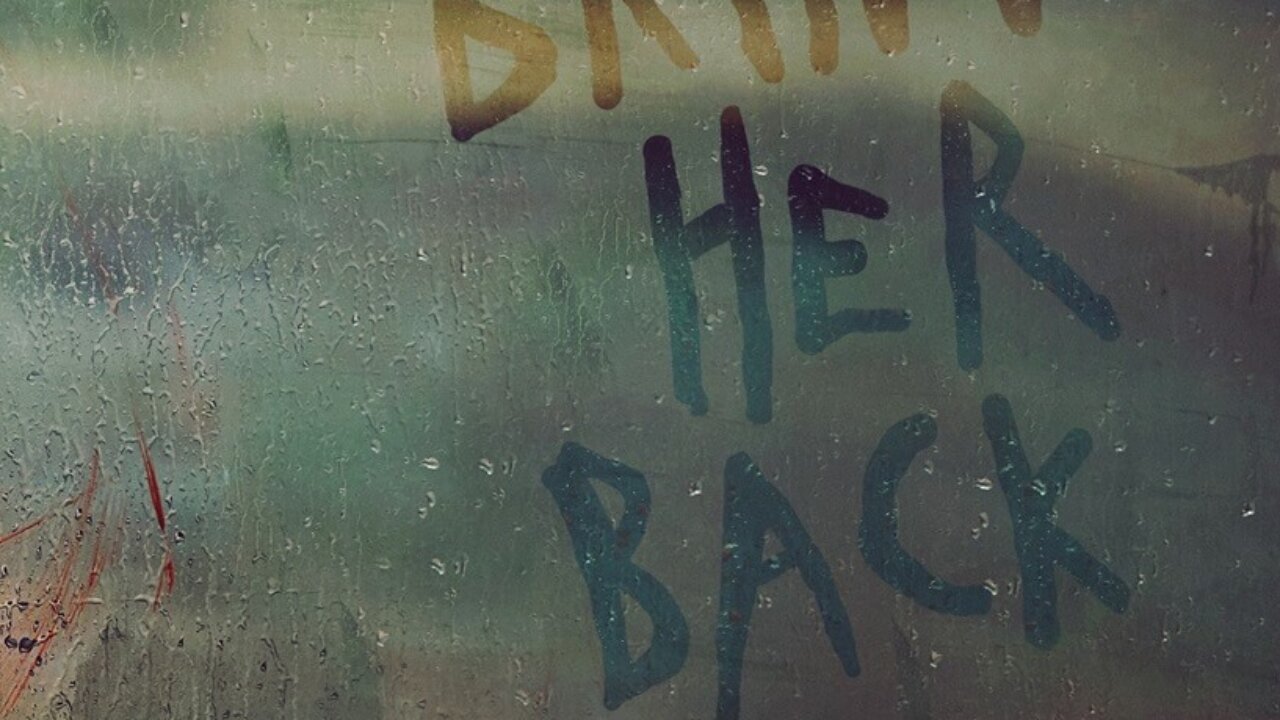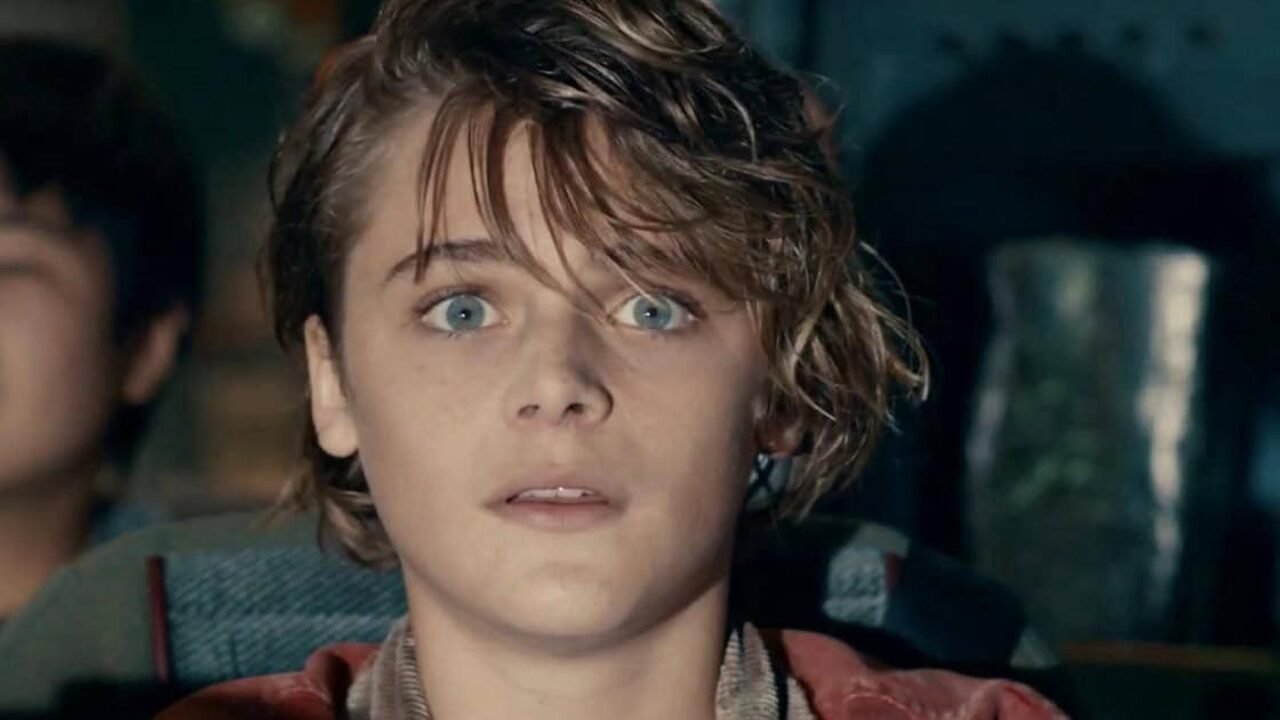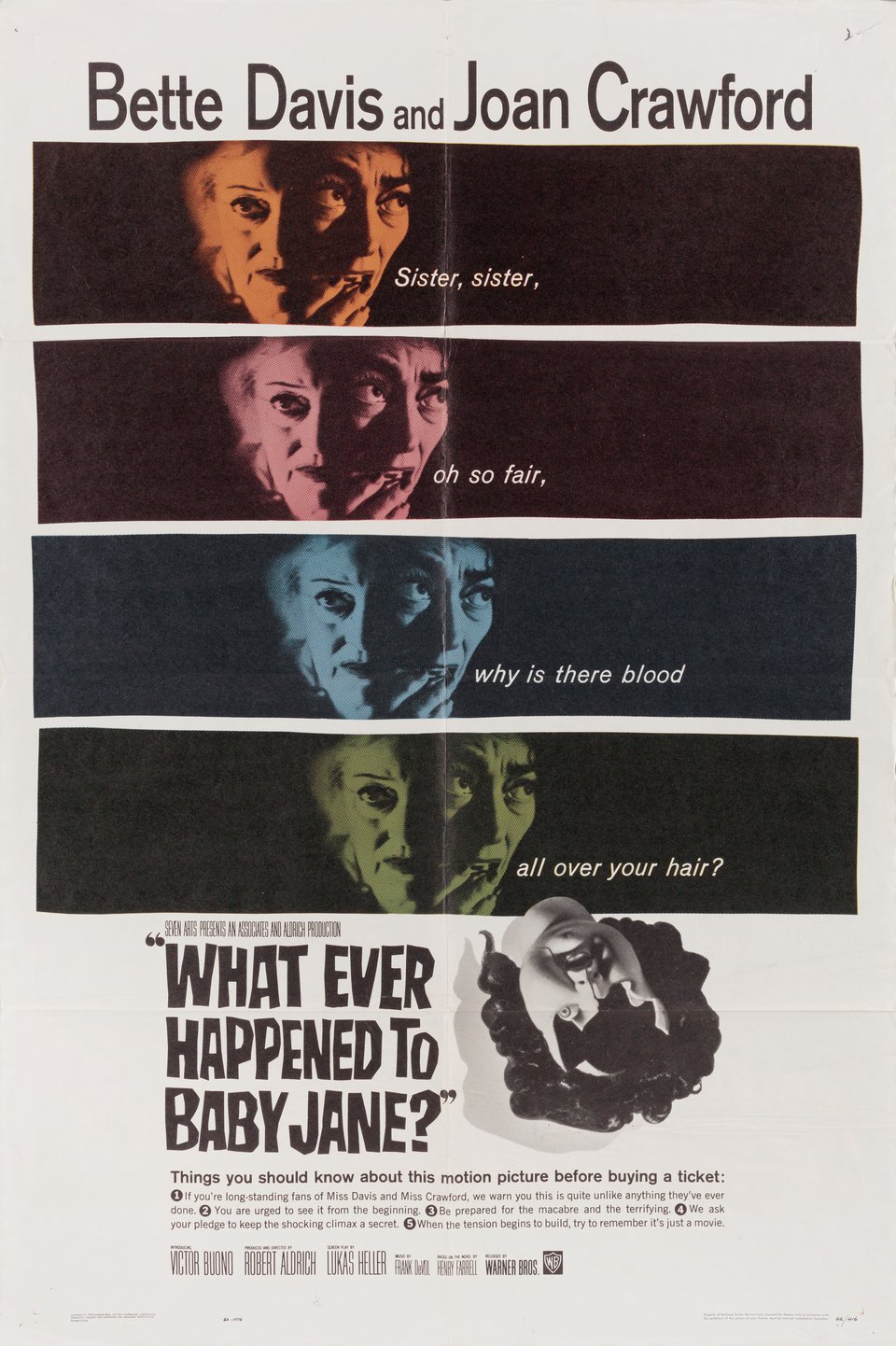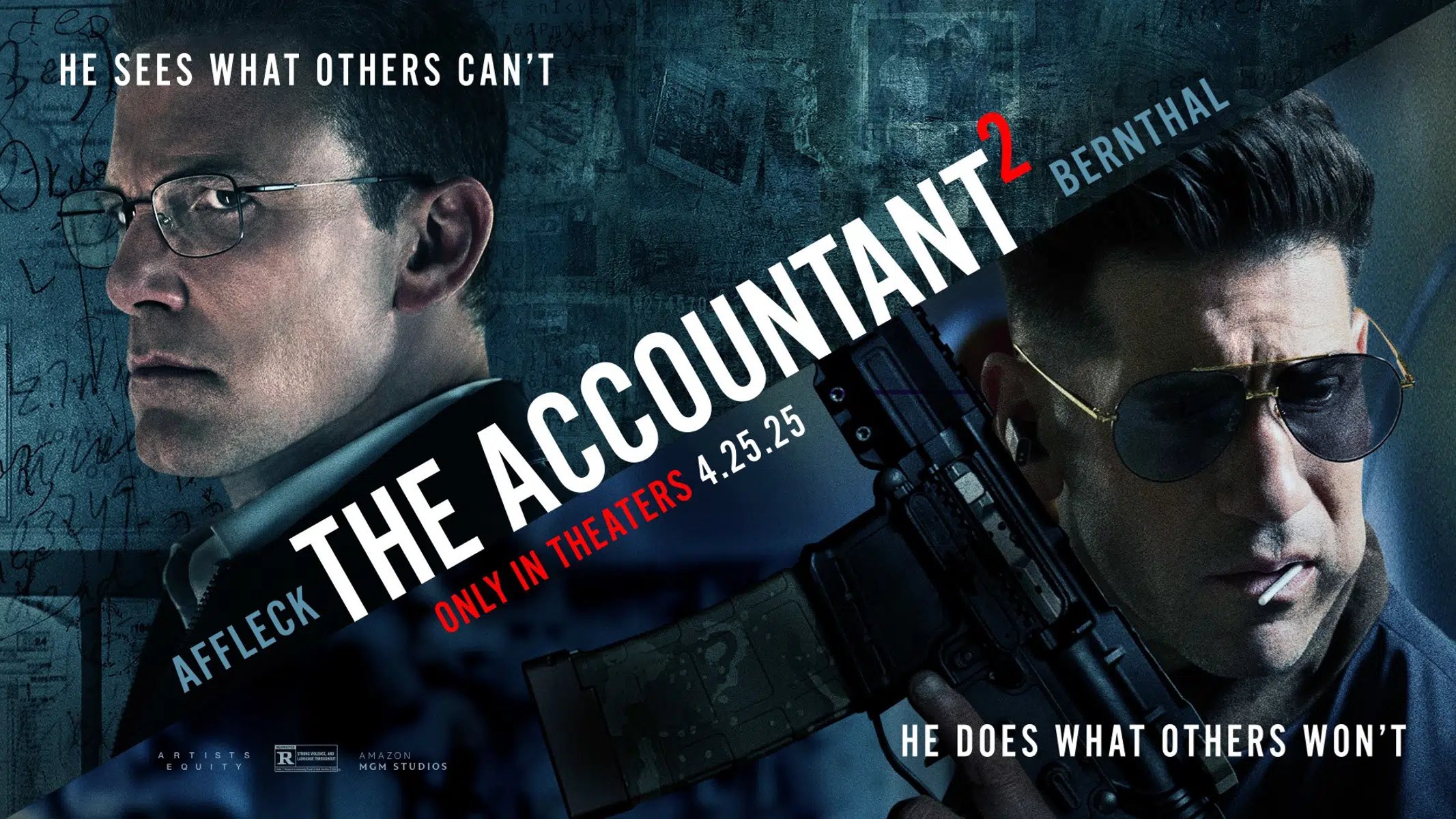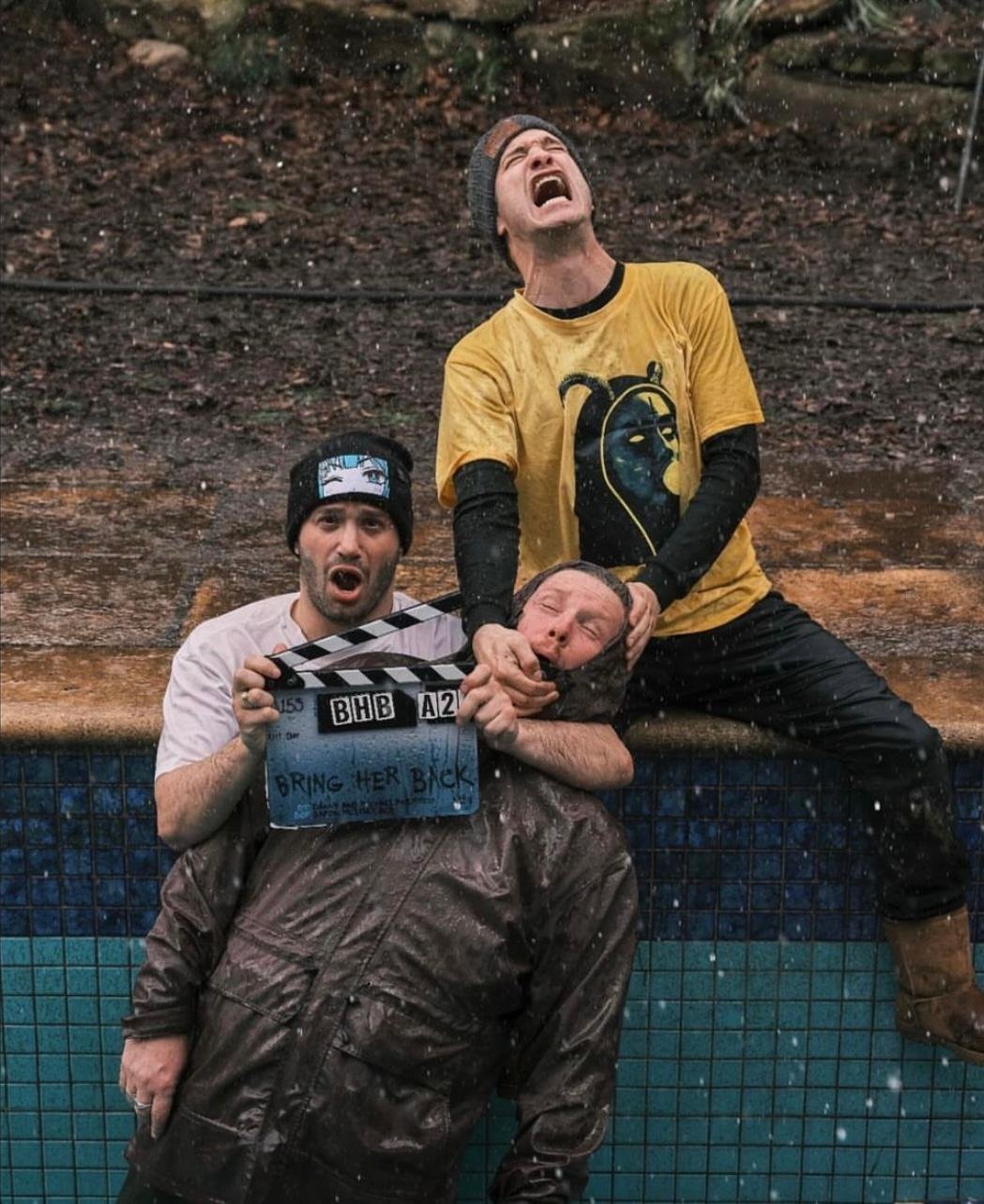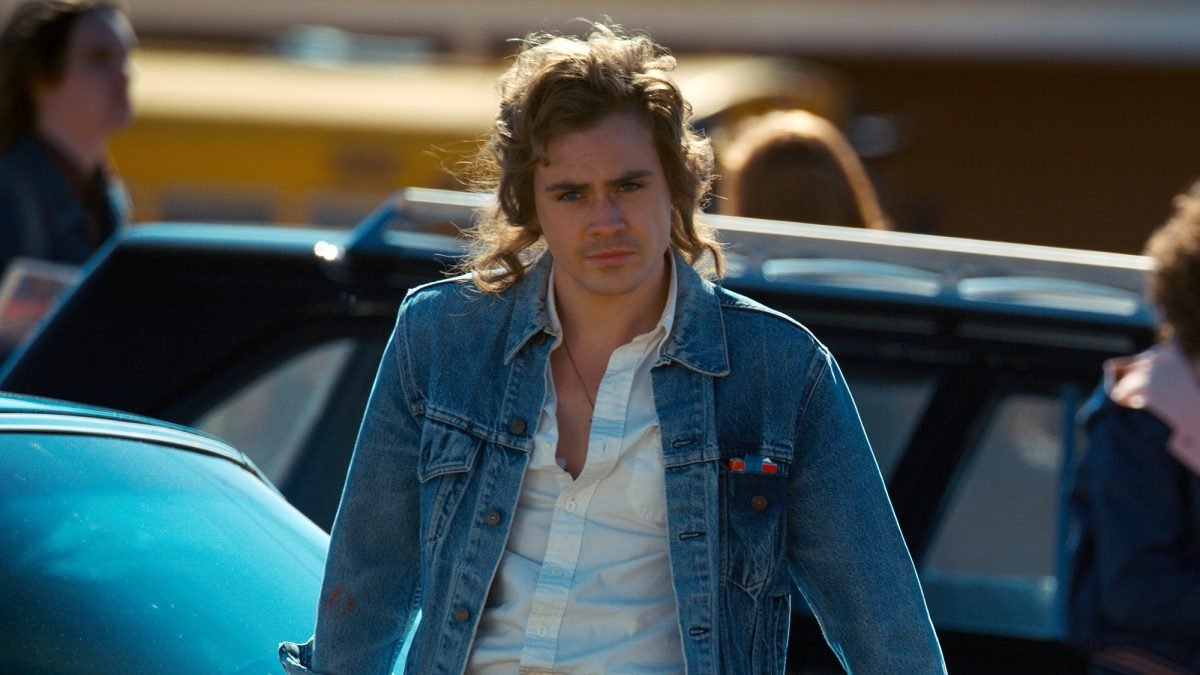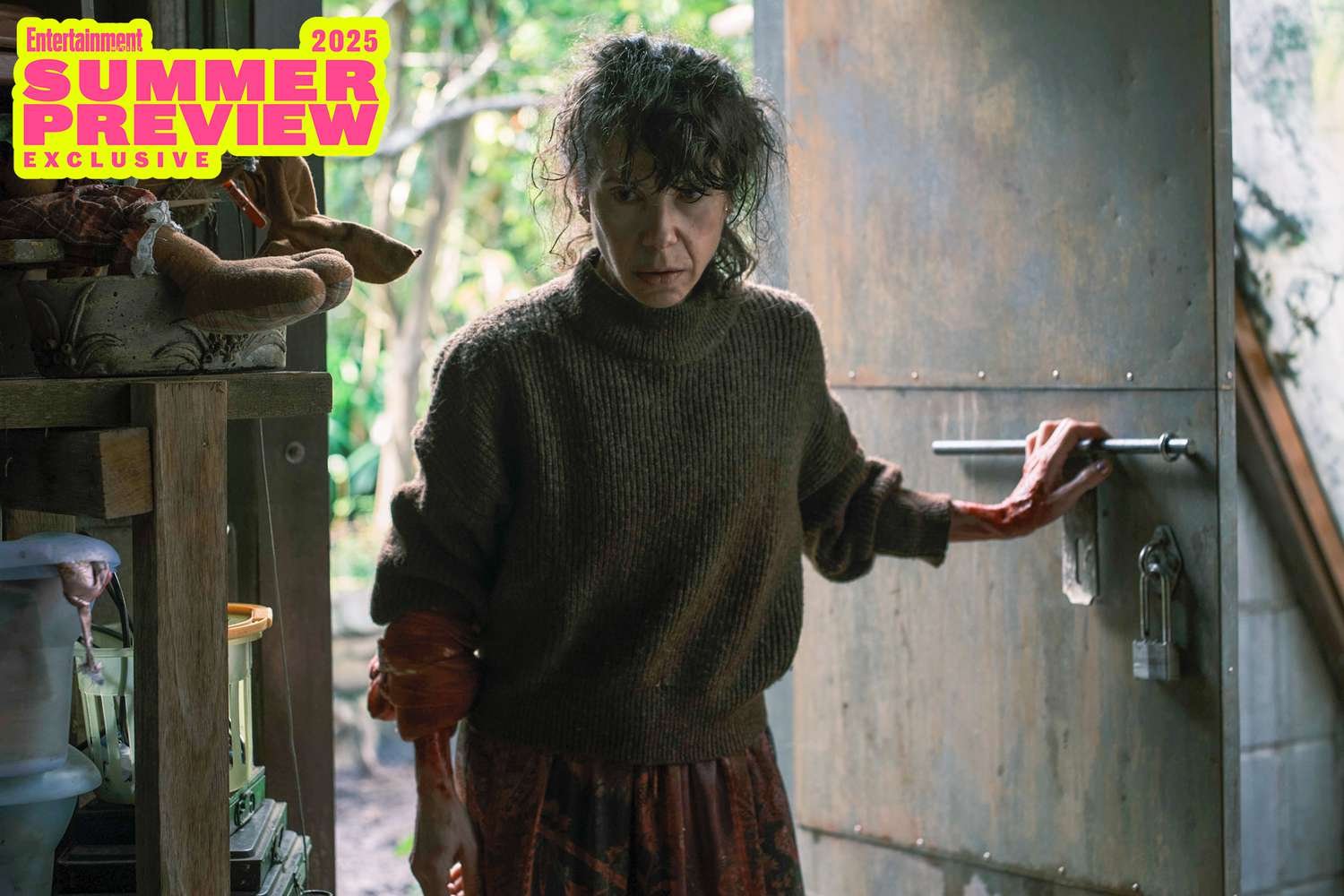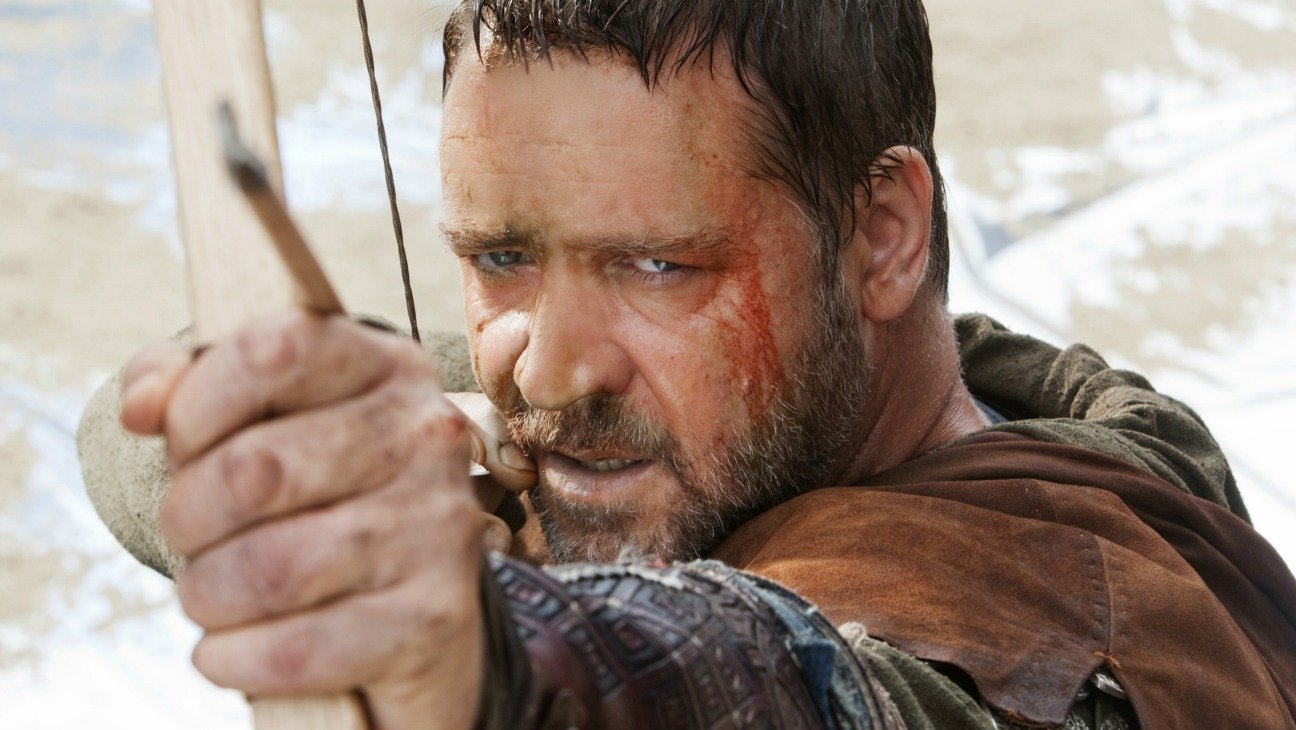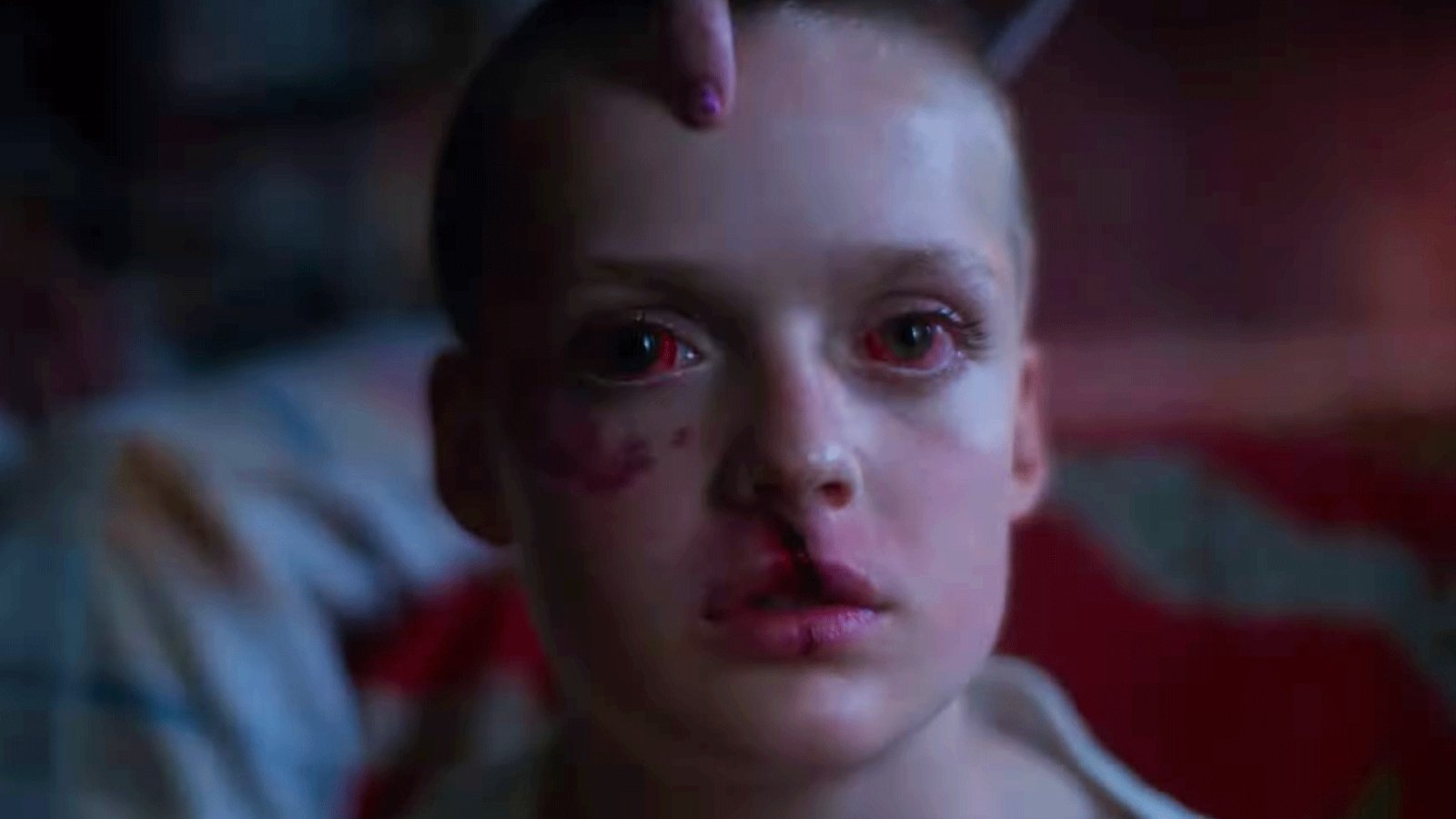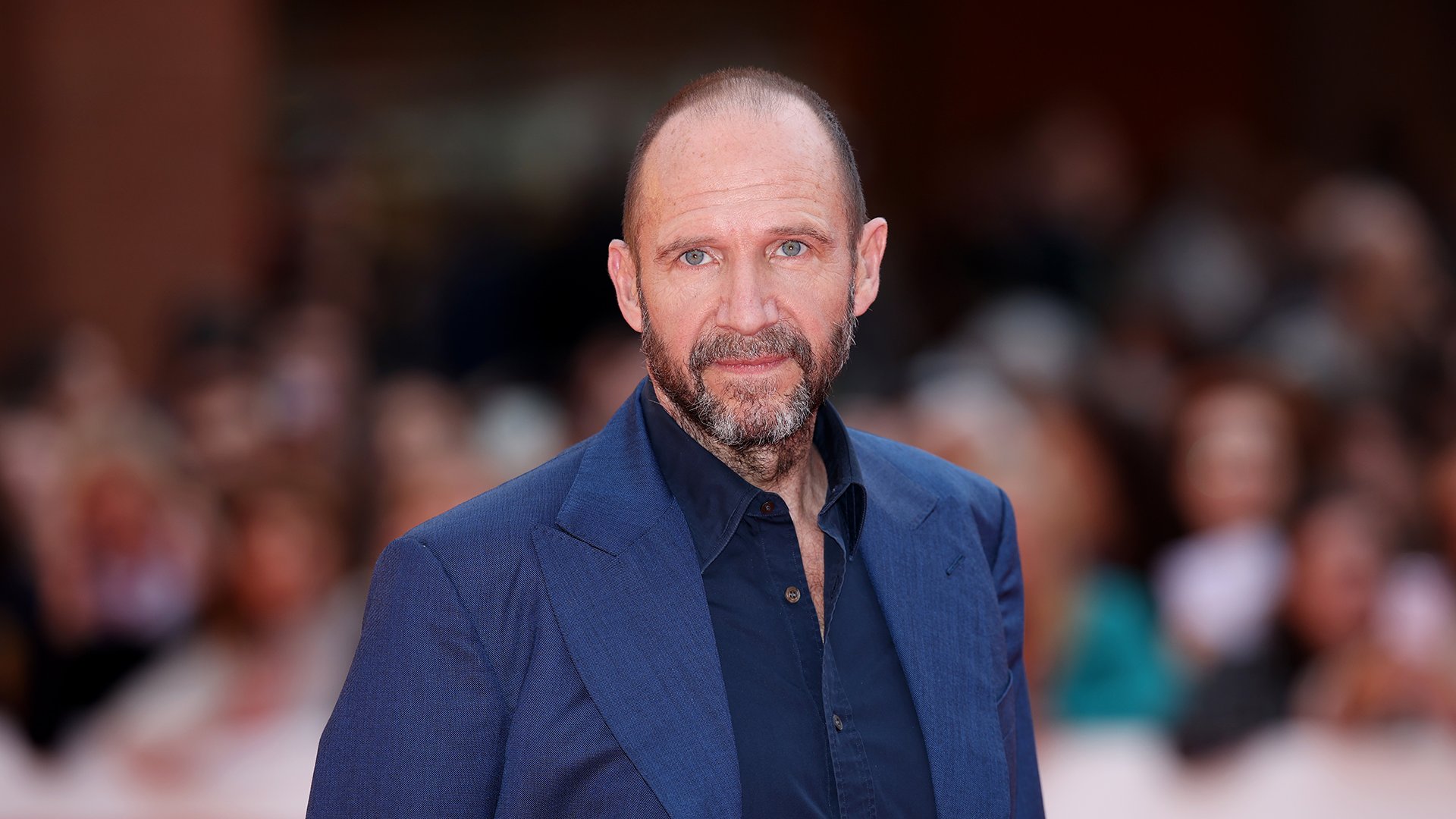After two years of anticipation following their chilling hit Talk to Me, Danny and Michael Philippou are back with a new film, Bring Her Back. The movie, set for wide release on May 30, 2025, has already generated early buzz after special preview screenings across the country. With a blend of horror, offbeat comedy, and intense character drama, the film is poised to captivate fans of both mainstream fright and arthouse cinema. The creative duo, who often mix their own life experiences into their projects, describe this new entry as a “spiritual successor” to their previous work, pushing themes of grief and family bonds into even darker territory.
Building on their already celebrated reputation, the Philippou brothers collaborate with a talented cast, including award-nominated actors and exciting new faces. Early responses from preview Q&As suggest audiences should expect a bold, emotionally raw horror film inspired by cinematic classics but delivered with a unique voice. The balance of horror and comedy, along with the film’s emphasis on sibling relationships and survival, position Bring Her Back as one of the most anticipated films of the summer.
Release Date and Early Screenings
Bring Her Back officially hits theaters on May 30, 2025. In the run-up, a series of nationwide previews and Q&A sessions with the directors offered fans a first look at the movie and its creative process. These early events helped ignite curiosity and drove conversation on social media, setting the tone for opening weekend excitement.
The preview screenings created an ideal atmosphere for die-hard horror fans who have been waiting since 2022’s Talk to Me. Audience reactions have ranged from deeply moved to entertained, with many calling out the unpredictable mix of horror and humor. This approach has established Bring Her Back as more than just another supernatural thriller, promising a fresh experience to moviegoers.
Screening attendees also had the rare chance to engage with Danny and Michael Philippou at the Q&As. The directors discussed behind-the-scenes stories, their inspirations, and the unique decisions that went into shaping the production. By sharing their perspectives, the filmmakers offered extra insight into their creative intent and the challenges they faced during filming.
The film’s production schedule was designed so that the cast could respond in real-time, which added to the realism and engagement of each scene. These details emerged during preview events, heightening anticipation among general audiences who had yet to see the movie.
The combination of early feedback, buzz from live events, and the strong reputation of the Philippou brothers sets up Bring Her Back as a likely box office contender when it launches nationwide.
Cast and Characters
The cast of Bring Her Back plays a key role in the film’s emotional and narrative weight. Billy Barratt portrays Andy, a sibling forced into the foster system, while Sora Wong makes her feature film debut as Piper. Their chemistry drives the story forward and has already been singled out as a highlight in early reviews.
Veteran actor Sally Hawkins, an Academy Award nominee, brings gravitas and unpredictability to her role as the siblings’ foster mother. Her ability to switch between warmth and menace creates an unsettling dynamic, keeping audiences guessing her true intentions. Next to her, Jonah Wren Phillips delivers a memorable performance as Oliver, further intensifying the uneasy family atmosphere.
The directors emphasized how much the film depends on these actors’ ability to make viewers care about Andy and Piper. This investment pays off in building suspense and delivering the emotional punch that sets Bring Her Back apart from formulaic horror films.
The Philippou brothers also highlighted Sora Wong’s audition for its naturalism and minimal direction, describing her performance as “incredible.” The pairing of Billy Barratt and Sora Wong, particularly given Billy’s experience at a similar age, allowed for genuine mentorship and support on set, which translates visibly on screen.
Supporting roles help make the secluded home in the woods feel truly lived-in and layered with secrets. The ensemble cast, a mix of familiar faces and fresh talent, gives Bring Her Back a human core beneath its scares.
Plot Overview and Major Themes
Bring Her Back follows siblings Andy and Piper as they navigate the foster care system after a personal loss within their family. Relocated to a remote home in the woods, the pair quickly senses something is off with their new caretaker, played by Sally Hawkins. What begins as a story of adjustment to a strange environment spirals into a tense psychological horror, underpinned by mystery and deep emotional currents.
Grief and loss shape the siblings’ journey, reflecting both the directors’ own experiences and the real-life hardships many children face. The narrative explores the trauma of displacement, the struggle to trust after betrayal, and the resilience required for survival. As Andy and Piper uncover unsettling truths about their foster mother and the isolated house, their bond is tested in life-altering ways.
The secluded setting amplifies the sense of vulnerability and isolation, while also providing ample opportunity for atmospheric scares. The story is tightly wound, with the tension escalating naturally as secrets are revealed. Themes of trust, resilience, and the ambiguity of adult intentions run throughout, maintaining the film’s emotional stakes even amid the horror set pieces.
The film also plays with the idea of surrogate family – sometimes protective, sometimes predatory – and the space between. As viewers, we are drawn into the siblings’ confusion and fear, with the tone shifting between tragedy, horror, and moments of dark humor. This emotional complexity anchors the suspense in something authentic and personal.
Above all, Bring Her Back stands out for its handling of grief and survival, delivering a haunting and memorable moviegoing experience that lingers long after the credits roll.
Inspirations From Korean Horror and Classic Films
The Philippou brothers have cited Korean horror as a major inspiration for Bring Her Back, referencing the genre’s unique ability to blend comedy and horror within the same scene. This unpredictable mix creates a viewing experience where tension can suddenly break into laughter or something far more terrifying, a cinematic trick the directors admire and attempt to honor in their own work.
Another influence is the classic psychological horror Whatever Happened to Baby Jane?. This film inspired not only the mood but also the structural elements of Bring Her Back. Much like in Baby Jane, the slow unraveling of relationships and the claustrophobic setting play key roles in building dread. Layered performances, especially from the foster mother character, pay tribute to the ambiguous villains of classic cinema.
In an unexpected twist, the directors also mention taking cues from Mouse Hunt, a comedy that’s worlds away from traditional horror. Some of the slapstick energy and wild unpredictability found in Mouse Hunt is mirrored in key sequences, providing comic relief and keeping viewers on edge about what might happen next.
By drawing from such a wide range of influences, the film morphs familiar story beats into something new. Combining horror with elements of dark comedy and even farce keeps the audience guessing, sidestepping genre clichés while keeping the tension fresh.
The result is a film that pays homage to its inspirations without feeling derivative. Instead, Bring Her Back carves out its own space in contemporary horror by mixing tonal shifts with a respect for character-driven storytelling.
Writing Process and Personal Influences
The script for Bring Her Back was developed in tandem with Talk to Me, during a challenging period for the Philippou family. The writing process was deeply intertwined with real-life grief, as the brothers used the project as a way to process personal loss. This direct connection to their emotions gives the script an authenticity that resonates throughout the film.
Working on both projects at the same time allowed the filmmakers to bounce ideas between them, blending their experiences with creative experimentation. The brothers have said that as they moved back and forth, each script informed the other and even changed slightly depending on their headspace at the time. This fluid approach enhanced the depth of both stories and led to a more nuanced portrayal of grief.
Also Read
The Accountant 2 Surpasses Ben Affleck’s Early Films at the Global Box Office
The collaboration with co-writer Bill Hinzman provided fresh perspectives and helped shape the film’s structure. Sharing writing duties meant the team could refine key scenes for maximum emotional impact, building on each other’s strengths.
The result is a story that is never one-note, instead exploring the complexities of loss and survival from multiple angles. Audiences are given space to feel the weight of the characters’ situations, but also to find moments of laughter and connection amid the darkness. The influence of personal experience is particularly visible in the level of empathy shown for the children at the heart of the film.
Chronological Filming and Emotional Performances
To help the actors deliver authentic performances, the film was shot in chronological order. This decision allowed the cast, particularly the younger actors, to grow into their characters’ emotional arcs naturally as the story progressed. According to Danny Philippou, by the climax of filming it felt like “directing through tears,” testifying to the depth of feeling on set.
As the narrative builds in intensity, so do the performances. The cast was able to work through the story’s highs and lows together, making each later scene feel like a genuine culmination of everything that had come before. This approach strengthened the sense of progression and development usually only hinted at in non-linear shoots.
Also Read
Dacre Montgomery Sets Sights on The Engagement Party With Major Star Power
The choice also benefited the emotional impact of key scenes. Actors could experience the gradual build-up of suspense and trauma, responding to events as their characters would – not with hindsight, but in the moment. This technique translates into deeper, more believable on-screen relationships, priming the audience to invest more heavily in their journey.
Shooting chronologically is rare, especially for horror films, because of its logistical challenges. For Bring Her Back, however, the directors considered it essential to achieve the story’s raw emotional tone. The payoff is visible in the film’s emotional honesty and the performances that have drawn praise from early viewers.
The directors’ hands-on style, sometimes reacting and adapting scenes day by day, helped keep energy levels high. Strong directorial support also ensured scenes with heavy themes didn’t overwhelm the cast, instead offering opportunities for collaboration and creativity.
Highlight on Sora Wong and Inclusive Casting
Sora Wong’s casting as Piper has attracted praise for its emphasis on representation and authentic storytelling. Wong is a vision-impaired actor, and her role was based in part on real-life experiences. The filmmakers chose her after an impressive audition in which she improvised naturally and took minimal direction, highlighting her talent and readiness for the part.
Also Read
Russell Crowe’s Robin Hood Finds New Life on Streaming Despite Rough Reviews
In a film where sibling dynamics are crucial, Billy Barratt’s real-life experience as a young actor allowed him offer support and mentorship to Wong on set. This relationship informed their on-screen chemistry, creating a genuine sense of care and trust between Andy and Piper. Director Michael Philippou noted the importance of their off-camera bond in supporting the story’s emotional demands.
Inclusive casting sends a message about the importance of representation in genre cinema, breaking away from tokenism and truly integrating diversity into the narrative. Sora’s performance is not only central to the plot but also important in shifting perceptions about ability in major film roles.
By tailoring the role to Sora’s strengths and unique perspective, the directors ensured that Piper felt complex and real, rather than falling into stereotypes. Early audience responses have highlighted the power of Sora Wong’s debut, setting a strong precedent for other productions looking to cast inclusively in meaningful ways.
Sally Hawkins’ Immersive Approach
Sally Hawkins’ approach to playing the film’s foster mother brought a level of discipline and depth that impressed the entire cast and crew. Known for never breaking character during takes, Hawkins delivered multiple interpretations of each scene, offering editors and directors a wide range of choices to best match the film’s shifting tones and emotional beats.
Also Read
Ms. Marvel and The Last of Us Stars Join Forces for AI Sci-Fi Horror Othermor
Her contributions weren’t limited to performance alone. She was actively involved in building her character’s environment, often bringing items from home and working with the set designers to give the movie’s house a lived-in, personal feeling. This meticulous attention to detail helped create the unsettling atmosphere that permeates the film.
Hawkins’ ability to shift between affection and menace caused a sense of unease in every scene she appeared in. The actors who played the children responded to her unpredictable energy, which, according to the directors, was a key driver of the film’s suspense.
This immersive, all-in approach served as a model for the rest of the cast and encouraged everyone to bring their best to each take. Behind the scenes, crew members noted Hawkins’ professionalism and openness to new ideas. Her presence elevated the quality of the movie and solidified her reputation for transformative roles in complex stories.
Makeup, Practical Effects, and Visual Innovation
Bring Her Back stands out for its bold use of practical makeup effects, which raise the stakes during the movie’s most shocking moments. The Philippou brothers had two separate makeup teams working competitively to deliver the scariest, most impactful images possible. This spirit of friendly rivalry resulted in signature scenes that are guaranteed to stick with viewers long after the credits roll.
Also Read
Ralph Fiennes Steals the Spotlight in New 28 Years Later Image
While the directors had started their own visual effects company, they soon realized that the best results come from a flexible approach. They hired several companies to work alongside the practical teams, blending digital and old-school effects for maximum realism without losing the movie’s tactile sense of dread.
This balance between practical and digital effects allowed the filmmakers to enhance their story without becoming too reliant on CGI. The result is a movie that feels grounded, with an immediacy and intensity missing from many high-budget horror films. The unpredictability of what is real and what is enhanced keeps the audience on their toes, heightening the suspense.
The effects support the movie’s themes of transformation and distortion, mirroring the emotional and psychological journeys of the characters. The makeup, in particular, is both a storytelling and world-building tool, helping make the secluded house feel like a character in its own right.
Editing Choices and Unique Scene Structures
One of the film’s standout sequences is a 40-minute montage of the children enjoying themselves within the confines of their strange new home. Although much of it was ultimately trimmed, this extended scene offered a rare and much-needed break in the tension, showing that horror can contain moments of levity and bonding. Its careful editing allowed the audience to connect with the characters, raising the stakes for the darker second half of the film.
Also Read
Alan Ritchson’s Action Thriller ‘Runner’ Faces Setback After Dan Spilo Fired
The post-production team, working closely with the directors, used experimental editing techniques to create a specific tone that’s both tense and occasionally playful. By structuring scenes to ebb and flow between suspense and relief, the movie avoids predictability and becomes a more engaging watch.
The directors’ willingness to play with form – cutting montages, rearranging emotional beats, and stretching certain sequences – reflects their admiration for films that dare to mix and remix genres. The editing is not just technical, but expressive, shaping the pace and mood of the narrative in direct conversation with the story’s unfolding mysteries.
These choices also tie back to the film’s influences, borrowing energy from movies like Whatever Happened to Baby Jane? and Mouse Hunt by allowing moments of chaos and unpredictability to break through the more controlled horror elements. The interplay of editing, sound design, and performance crafts an experience designed to keep viewers unsettled yet invested to the end.
